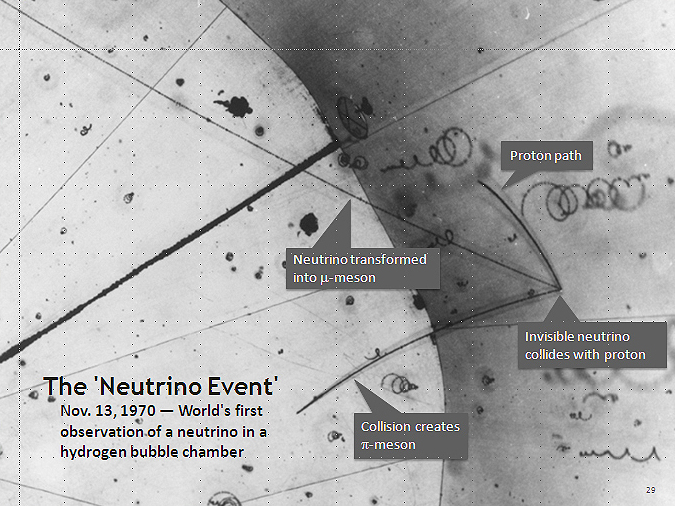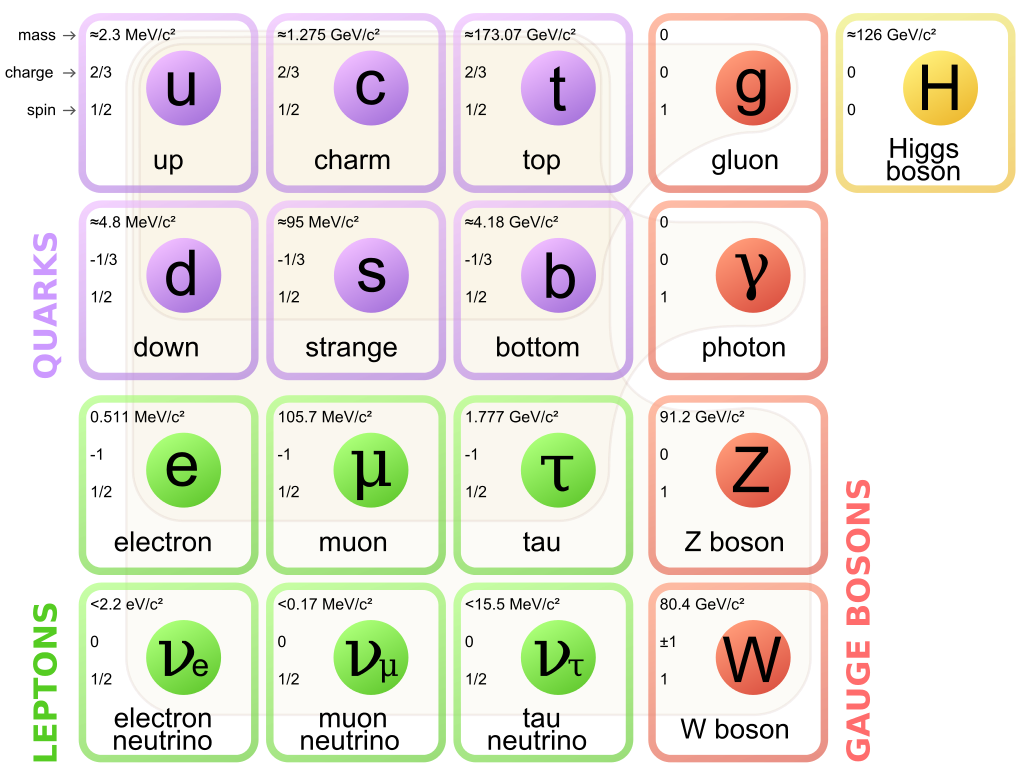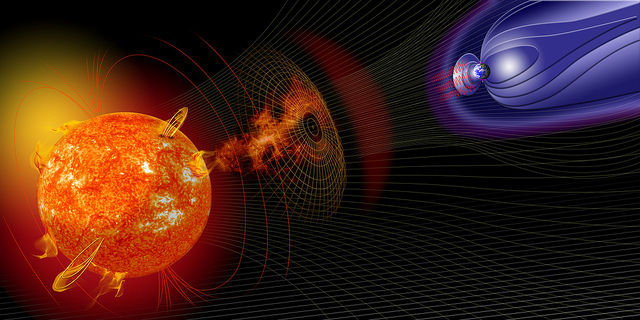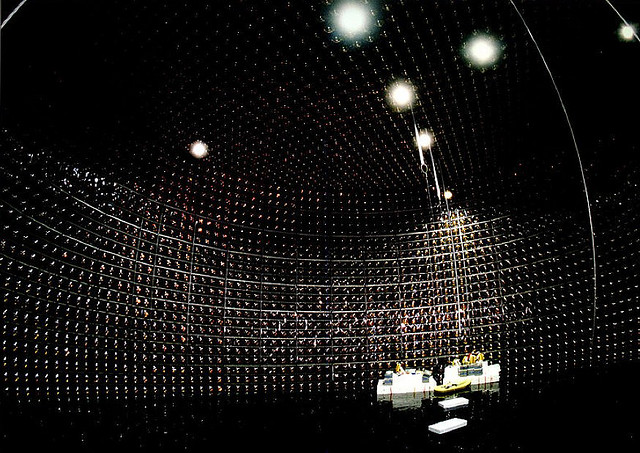The Nobel Prize in Physics 2015. Everything you need to know about neutrinos
The Nobel prize is the most prestigious award in the scientific world. This year laureates in physics have just recently been announced. As officially stated, Drs. Takaaki Kajita and Arthur McDonald were awarded jointly “for the discovery of neutrino oscillations, which shows that neutrinos have mass”. But what is it really about? Continue reading and learn more.

{J. Nathan Matias : Nobel medal/ CC BY-SA 2.0}
What are neutrinos?
First of all, let’s see what neutrinos are. Neutrino is an elementary particle which plays an important role in sub-atomic transformations. It was originally predicted by Wolfgang Pauli when he was working on the problem of beta decay. Beta decay is a type of radioactive decay that involves spontaneous emission of an electron or positron (electron’s anti-particle) by the atom’s nucleus. The problem was with the energy of those emitted particles. It seemed that every time it was different! But in the same reaction it should always be the same, right? Pauli suggested that there must have been some other neutrally charged tiny little particle which carried the rest of the energy so that the total energy of the reaction remained constant.

{inductiveload: Beta decay diagram/ CC0}
The neutron within the nucleus transforms into proton, electron and anti-neutrino (the latter is not shown on the picture). This type of beta decay is called beta minus decay. Beta plus decay generates positron and regular neutrino instead of electron and anti-neutrino.
The concept was readily adapted by Italian physicist Enrico Fermi who called the particle neutrino (which means “little neutron” in Italian), but experimental evidence of its existence was obtained only ten years later. Neutrino was extremely hard to detect because of its size.

{Argonne National Laboratory: Hydrogen bubble chamber/ CC0}
The lines here represent particles trajectories, but the original neutrino path is invisible because it didn’t interact with the environment of the chamber. However, the consequences of collision can still be observed.
Neutrinos are leptons
Time went on, and things got more complicated. In the second half of the 20th century, scientists developed the Standard Model of particle physics. A whole new range of particles was discovered and many predictions were made and confirmed. The theory classified all the particles according to their properties. Leptons is what we are interested in. These particles do not participate in the fundamental strong interactions within the atomic nuclei but are subjected to the electroweak interactions. The further classification divides leptons into 3 generations.

{MissMJ: Generations of leptons/ CC0}
The lower left three columns here illustrate 3 generations of leptons that interact with other particles identically but have different properties. Other particles families are also present in the table: e.g. quarks (matter particles), gauge bosons and the Higgs boson (the “force carrier” particle).
As you can see, the first generation of leptons is represented by our old friend electron and electron neutrino – this is the original neutrino we discussed earlier. So what are those other leptons? Muons and tau lepton are electron analogs but they are not stable and exist only in particle accelerators. On the other hand, muon neutrino and tau neutrino are more or less stable. That is all because of their size. Just like a regular neutrino, they are so small it is hard to detect them. They almost don’t interact with other particles. In fact, millions of different neutrinos are flying through Earth every second without hitting anything!
Neutrino oscillations
Now, we can talk about neutrino oscillations. Oscillations are transformations of neutrinos from one generation to another. The term was first used when scientists measured neutrinos travelling around us. Those experiments showed the discrepancy with the theory in two ways. First, the amount of neutrinos we receive from the Sun is approximately 3 times less. The second problem was cosmic rays generating muon neutrinos in the Earth’s atmosphere. Around 50% of theoretical amount was missing. The best way to explain this was to assume the existence of neutrino oscillations.

{NASA Goddard Photo and Video: Storms from the sun/ CC BY 2.0}
The Earth’s magnetic field is shielding the planet from the most of solar radiatio but not from neutrally charged neutrinos.
The goal was to measure neutrinos of all generations around us. And that was successfully done in 2001 by Super-Kamiokande and SNO laboratories in Japan and Canada, respectively. The total flux of neutrinos was exactly equal to the theoretical predictions. The third of all the Sun neutrinos were electron-neutrinos, which also verifies the previous experiments.

{Amber Case : Super-Kamiokande detector/ CC BY-NC 2.0}
The detector consists of a large steel cylinder located 1000 meters underground. It is filled with 50000 tons of ultra pure water, so that when neutrino hits an electron or a nucleus it produces particles that move faster than light in water. Such fast particles emit Cherenkov radiation, which is multiplied first and then caught by photo detectors. The SNO system uses similar system but it is filled with heavy (deuterium) water instead.
Indeed, these results is the first analysis of neutrinos as individual particles. Neutrinos were considered to be the “supporting actors” in some other interactions before that. The Super Kamiokande - SNO research provoked many other neutrino experiments. And using all the data, neutrino masses were calculated! After all, we knew nothing about neutrinos. This is a truly important event that certainly is going to clarify or even change the Standard Model. But even more, maybe in the future we will learn how to control these particles. Imagine wireless signals at the speed of light… But more realistic usage would be analyzing neutrino flux coming out of nuclear reactors to see what is happening there and predict critical failures.
See also

CASE STUDY - 8th Grade students at St Timothy's Catholic School use MEL Chemistry to enhance their science lessons
Saint Timothy Catholic School in Mesa is committed to promoting academic excellence in each child it looks after. They encourage self-discipline, self-respect, and respect for others. They understand the importance of engaging students in a comprehensive and relevant curriculum. As a result, the middle school science teacher from St. Timothy Catholic School is using MEL Chemistry subscriptions to enhance and expand their range of learning activities.

CASE STUDY - MEL Chemistry allowing pupils to reach their full potential
The Empower Learning Center is the Alternative Learning Program (ALP) within the Hinckley-Finlayson School District. They offer non-traditional education options for students ages 16-21 in their daytime program, night school for traditional high school students who need to make up credits, and night school for adults 18 and older who would like to complete their diploma or equivalency.
The school was seeking engaging, hands-on chemistry kits to make their science classes more interactive, and to help their students understand key science concepts and achieve their full potential in chemistry.

CASE STUDY - MEL Chemistry at Lund International School, Sweden
Emma Taylor, a science teacher at Lund International School (Sweden), has chosen MEL Chemistry sets as the best option for her students’ science classes. In Lund International School, all programmes are taught in English, and having chemistry sets in English are a great asset to accompany science classes.
Here, Emma shares her experience of how MEL Chemistry sets improved her students’ comprehension and understanding of science concepts.